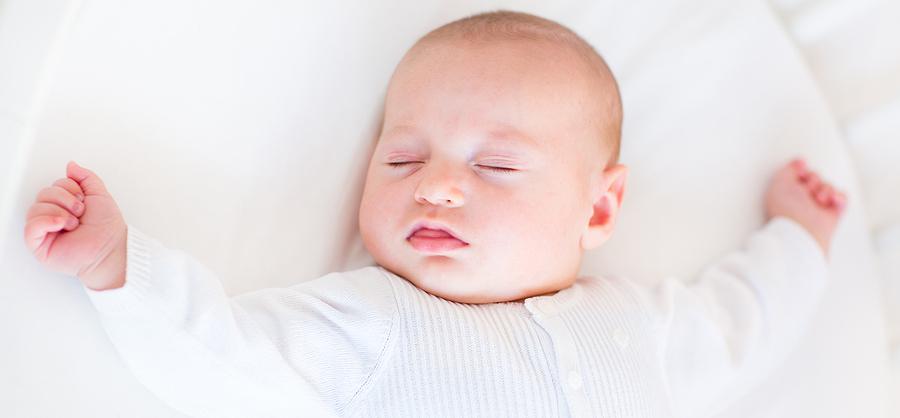When you're getting your nursery ready, you may be tempted by some of the crib displays you see in stores and magazines. The cuddly toys and cozy blankets create a nice image, but they're not actually safe for your sleeping infant. Good crib safety practice means keeping the crib free of extra items. Don't worry, your child will have plenty of time to snuggle with those toys when she or he gets older.
The best crib safety practices become even more important during the winter months, when you need to keep your baby both warm and safe at night. Here are a few ways that you can ensure your bundle of joy stays comfortable and safe from harm this winter.
Should I Use Extra Blankets?
When you're a parent to an infant, sudden infant death syndrome (SIDS) is a very real concern. The possibility of its occurrence increases when you add extra bedding to your baby's crib. In fact, according to the American Academy of Pediatrics, recommendations for SIDS prevention include keeping soft objects and loose bedding out of the crib altogether. So although you may add extra blankets to your own bed, keep them out of the crib.
What's the Best Sleeping Attire?
BabyCenter suggests that simply dressing your baby in a one-piece, footed sleeper can keep him or her snuggled and warm from head to toe. For an extra layer of protection, you can even add a bodysuit or undershirt underneath the sleeper.
BabyCenter also recommends two safe alternatives to extra blankets: a sleep sack or a wearable blanket that zips up the front and can be worn over a sleeper. These garments are sleeveless so your baby's arms can still move freely while the rest of the body is covered.
How Can I Warm My Baby's Bed?
You can ensure that the crib is warm enough before even putting your baby in it. Start off with a fitted flannel sheet for the crib that is tightly tucked in on all sides to keep it from coming loose while your baby tosses and turns. BabyCenter advises that Flannel is a comfortable fabric that provides extra warmth in the chilly winter months.
BabyCenter offers another valuable tip: Use a hot water bottle, heating pad, or microwaveable bag to warm the bed just before bedtime or a nap. Just be sure to remove it before you put your dozing baby in the crib to sleep.
Setting the Right Room Temperature
It may seem obvious that one of the easiest ways to keep your baby warm during the winter is to keep the room temperature high enough to dispel the cold air. However, according to Parents.com, an overheated baby is at greater risk for SIDS, so setting the right room temperature is just as important for crib safety in the winter. The American Academy of Pediatrics recommends keeping the room at a temperature that's comfortable for a lightly clothed adult.
By following these crib safety suggestions, you can rest easier while your baby sleeps in a safe and warm environment all winter long.
Note: we acknowledge and support the American Academy of Pediatrics Safe Infant Sleep Recommendations (updated 2016). Some important AAP recommendations include:
- Place the baby on his or her back on a firm sleep surface such as a crib or bassinet with a tight-fitting sheet.
- Avoid use of soft bedding, including crib bumpers, blankets, pillows and soft toys. The crib should be bare.
- Share a bedroom with parents, but not the same sleeping surface, preferably until the baby turns 1 but at least for the first six months. Room-sharing decreases the risk of SIDS by as much as 50 percent.
- Avoid baby's exposure to smoke, alcohol and illicit drugs.




